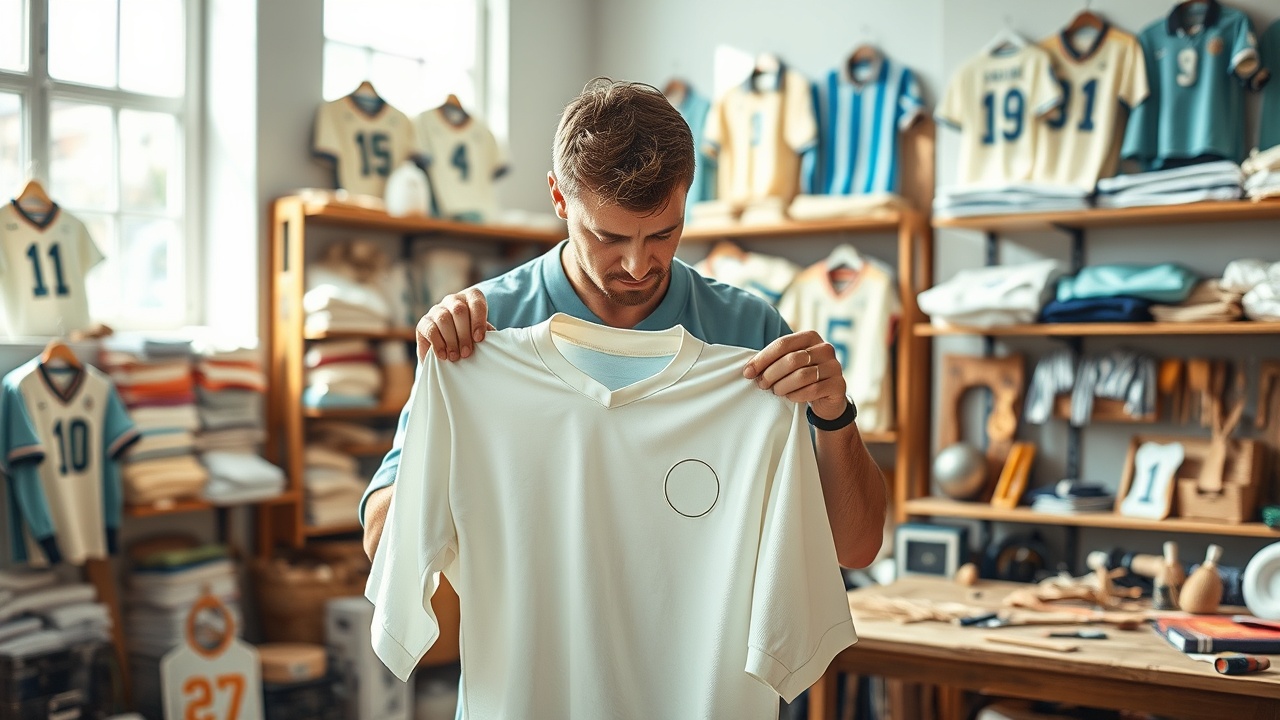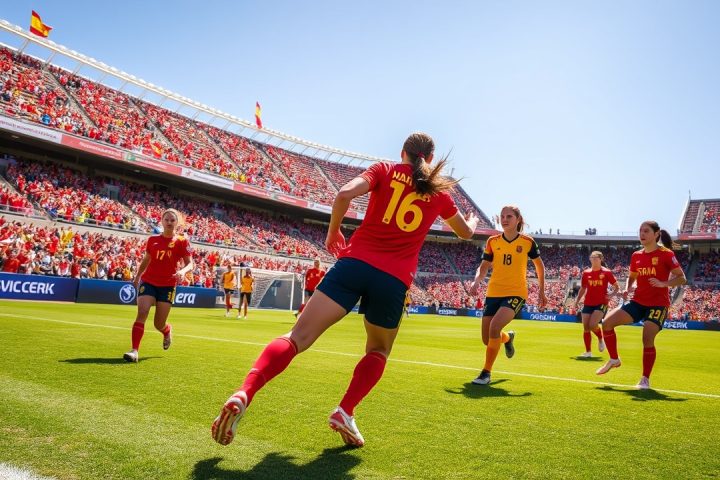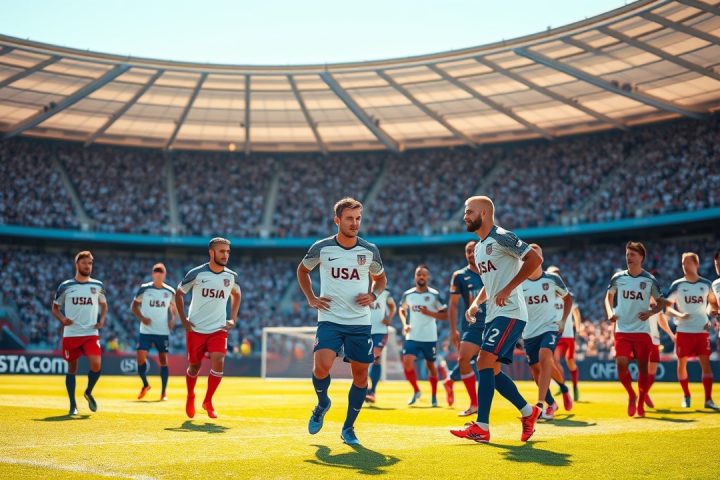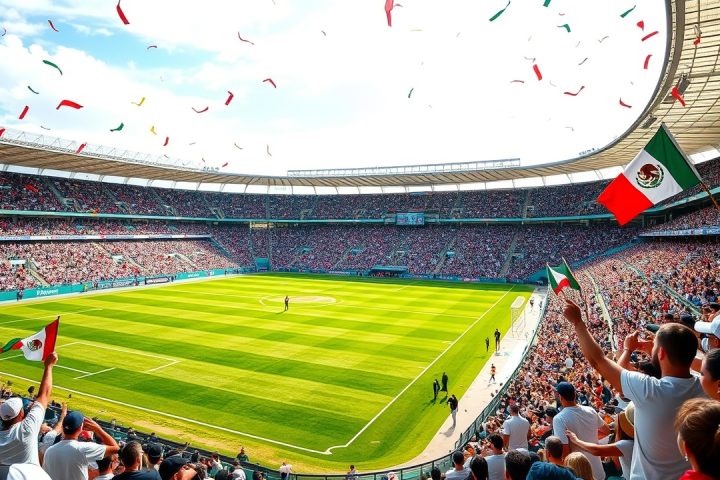Kitted Out Series: The Intersection of Soccer Kits and Cultural Influence
This piece belongs to our Kitted Out series, which delves into how soccer kits influence cultural and fashion trends. Recently, Ian Jefferson reached out to Bill Henderson, the man behind The Dream Shop, to share a heartfelt story about his late father, Jesse Jefferson, a Major League Baseball pitcher who played from 1973 to 1981. In tribute to his dad, who passed away in 2011, Ian sought Henderson’s expertise to create a replica of his father’s Baltimore Orioles jersey from 1973, which he believed could evoke cherished memories.
Restoration Journey
Henderson, known for his exceptional work in shirt restoration, surprised Jefferson by locating an actual vintage jersey that had seen action on the field and was well-worn over time. After restoring it, he personalized the jersey with Jefferson’s name and number. Pleased with the result, Ian shared photos featuring the restored jersey in his home, which is filled with memorabilia celebrating his father’s legacy. This post caught the attention of a jersey collector named Rick Taylor, who contacted Henderson. He wanted to gift Ian an authentic match-worn Orioles jersey from 1975. After receiving it, Henderson restored this new treasure and sent it off to Jefferson, adding yet another treasured piece to his collection honoring his father.
The Rise of Jersey Restoration
Henderson, who transitioned from a marketing executive to a full-time jersey restoration enthusiast in 2018, has become a prominent figure in the burgeoning niche of sports memorabilia restoration.
“I’ve turned into the go-to for restoration projects,” says the 63-year-old. “My work hours exceed those of my previous job, but it feels fulfilling rather than laborious.”
The burgeoning field of sports shirt restoration has tapped into the nostalgia of fans; it embodies both the desire for authenticity and the practicality of reviving old shirts. Phil Delves, a community partnerships lead at Cult Kits, emphasizes that restoration works on a spectrum. Some restorers aim to return shirts to their original state through patching or replacing sponsors, while others take a more creative avenue, customizing jerseys in ways that may not reflect their true history, like introducing new or nostalgic sponsor logos onto recent models.
Market Dynamics
The popularity of retro jerseys fuels this market’s growth. Many fans desire jerseys that are now hard to find or that sell for steep prices in the secondhand market. By restoring old jerseys—alleviating the damage and customizing them—restorers offer viable options for avid collectors without breaking the bank.
Oliver James Howitt, a notable entrepreneur who now devotes himself entirely to shirt restoration after previously working in hospitality, initiated his own venture around 2021. He noticed a gap in the market and, following a few years of growing his business, reported a significant rise in his following and company profile after collaborating with brands and enhancing investment.
Community Engagement and Transparency
Former Wrexham captain Ben Tozer also ventured into restoration after spotting a post by Howitt. A reunion with his old Swindon Town shirt, which had been subjected to the ravages of time and stains, led him to contact Howitt. The shirt, worn during his initial professional season, was meticulously restored and became a talking point on social media, showcasing the benefits of professional restorations.
The advent of heat press machines has further revolutionized the restoration field, enabling restorers to alter modern jersey designs significantly. Howitt highlights the process of replacing outdated sponsors with new logos, significantly altering the shirt’s character.
Market Growth and Challenges
The shirt restoration industry is steadily growing, particularly within the UK, where the retro market remains largely secondhand. Retro licensed replicas with vintage charm are more readily available now than a decade ago, but the restoration sector remains less developed than in the USA, where jersey updates follow a more predictable pattern and dedicated outlets offer extensive collections.
Typically, restorers like Howitt charge between £15 to £25 to amend sponsors and up to £35 for name repairs. As retro jerseys transition from niche interest to a wider phenomenon, vintage shops see a surge in demand for items from the 1980s and onwards. However, with the high price tag of certain pristine original jerseys, some sellers may inadvertently blur the lines between a completely authentic retro jersey and one that’s been restored.
In a recent exploration of vintage shops across London, we found instances where jerseys—albeit restored—were posed as entirely original, revealing a need for clarity in the restoration market. While the restoration process offers a valuable service to fans, the lack of transparency could potentially mislead customers about what they’re purchasing.
Conclusion
Shirt restoration is still in its nascent stages in the UK, but it presents an exciting and sustainable solution for those looking to breathe new life into cherished jerseys stashed away in drawers. The collaboration of vintage charm with modern restoration techniques could redefine how fans view and handle their sports memorabilia.




